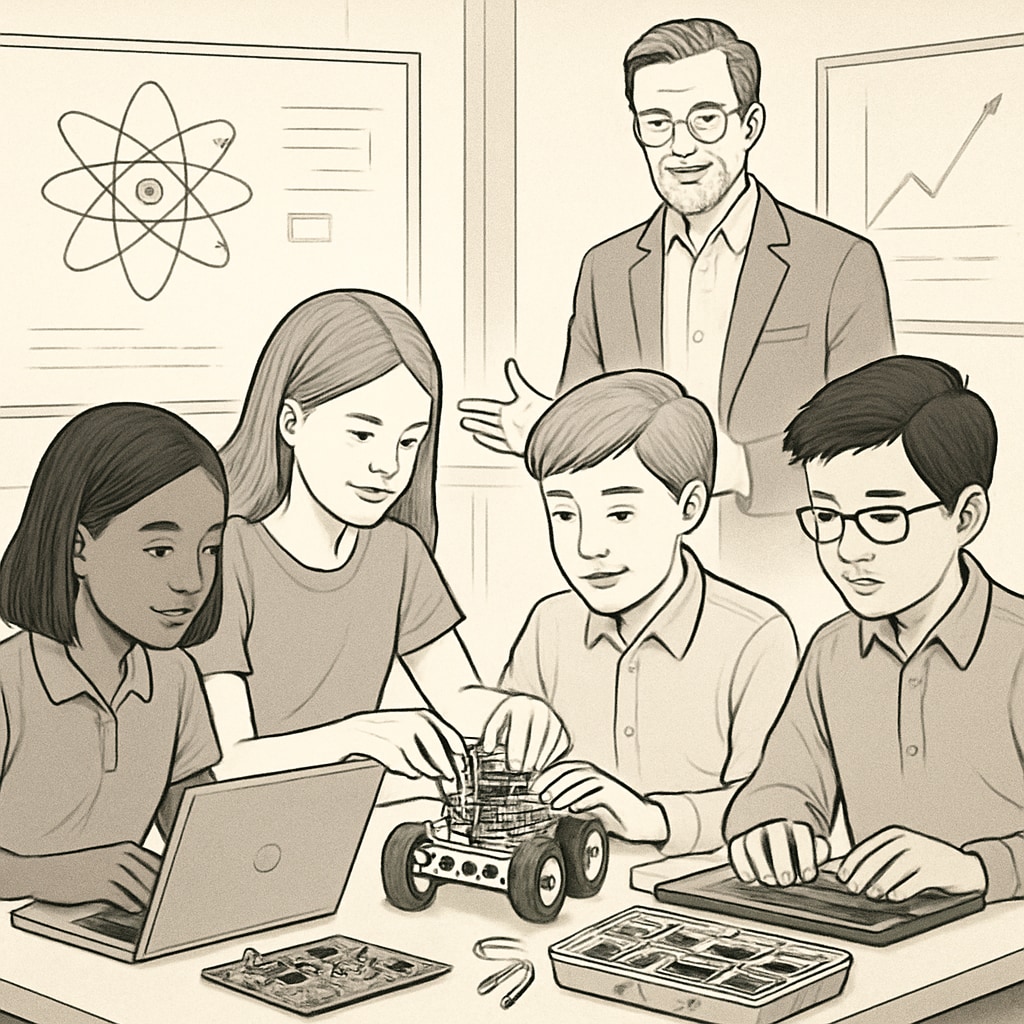As artificial intelligence (AI) accelerates its integration into nearly every industry, young people face profound questions about their future career paths. Specifically, roles like programmers and engineers, once seen as stable and lucrative, are undergoing significant transformation due to automation and AI advancements. For 8th-grade students contemplating their professional futures, this shifting landscape presents both challenges and opportunities. How can today’s teens navigate these changes and plan a career path that is both fulfilling and future-proof?
Understanding the Evolving Role of Programmers and Engineers
Programmers and engineers have long been at the forefront of technological progress. However, with AI’s ability to generate code, design systems, and even solve complex engineering problems, the nature of these professions is changing. For example, tools like GitHub Copilot enable developers to write code faster with AI-powered suggestions, reducing the manual workload. Similarly, AI-driven simulations in engineering are automating calculations and testing processes that once required human expertise.
While this evolution might seem daunting, it also creates space for new opportunities. The demand for professionals who can work alongside AI, fine-tune its capabilities, and ensure ethical implementation is growing. Teens considering careers in these fields must rethink their skill sets, focusing not just on technical expertise but also on creativity, critical thinking, and problem-solving.

Key Strategies for Teens Planning Careers in an AI-Driven World
So, how can young people prepare for careers in programming, engineering, or other AI-impacted fields? Here are practical steps to consider:
- Embrace Lifelong Learning: AI and technology evolve rapidly, so staying current with new tools and trends is crucial. Online platforms like Coursera and edX offer courses on programming, AI, and engineering fundamentals.
- Develop Interdisciplinary Skills: Combine technical skills with knowledge in areas like ethics, communication, and design. For example, understanding AI’s societal impact can set candidates apart in the job market.
- Engage in Hands-On Projects: Real-world experience matters. Joining coding competitions, robotics clubs, or engineering workshops will help teens build a strong portfolio.
- Seek Mentorship: Connecting with industry professionals can provide valuable insights and guidance. Platforms like LinkedIn are great for finding mentors in specific fields.
By adopting these strategies, teens can position themselves as adaptable and innovative professionals, ready to tackle the challenges of an AI-centric job market.

The Importance of Future-Proofing Career Paths
One of the biggest concerns for today’s youth is job security in an unpredictable future. Professions that rely heavily on routine tasks are more susceptible to automation. However, roles requiring human creativity, emotional intelligence, and ethical judgment are less likely to be replaced by AI.
Parents and educators can play a vital role in guiding teens toward future-proof careers. Encouraging exploration of diverse interests, fostering a growth mindset, and promoting resilience will help prepare the next generation for the challenges ahead.
It’s also important to remember that AI is not a threat but a tool. When used effectively, it can enhance human potential rather than replace it. Teens who learn to collaborate with AI, rather than fear it, will find themselves at an advantage in the workforce of tomorrow.
Final Thoughts: Planning for the Unknown
The rapid development of AI has created a unique moment in history, where traditional career paths are being reshaped before our eyes. For teens, the key lies in adaptability and a willingness to embrace change. By focusing on continuous learning, interdisciplinary skills, and collaboration with AI, young people can carve out successful and meaningful careers in programming, engineering, or any field of their choice.
In the words of futurist Alvin Toffler, “The illiterate of the 21st century will not be those who cannot read and write, but those who cannot learn, unlearn, and relearn.” This mindset will be the foundation for thriving in the AI era.
Readability guidance: Short paragraphs, clear subheadings, and actionable advice ensure the article is accessible. Transitions like “however,” “in addition,” and “as a result” improve flow. Lists break down key points succinctly.


